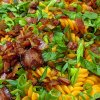

How To Outsmart Hunger Hormones, According To Celeb Nutritionist…

Q&A with Organizational Pro Peter Walsh + Dermatologist Shares A…
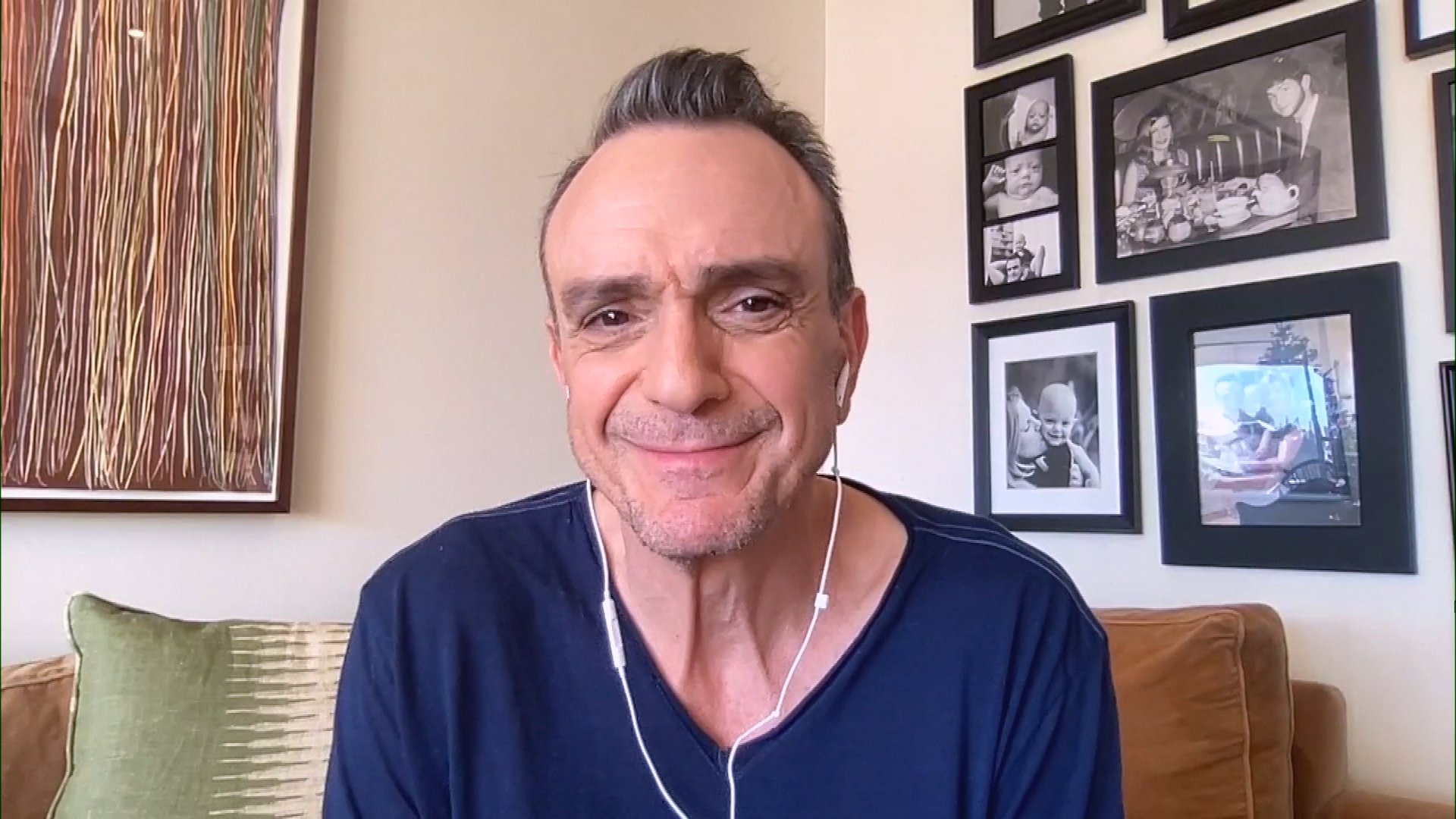
Actor Hank Azaria + Freezer Meals + Artichokes 2 Ways with Rach

See Inside Barbara Corcoran's Stunning NY Apartment + It's Steak…
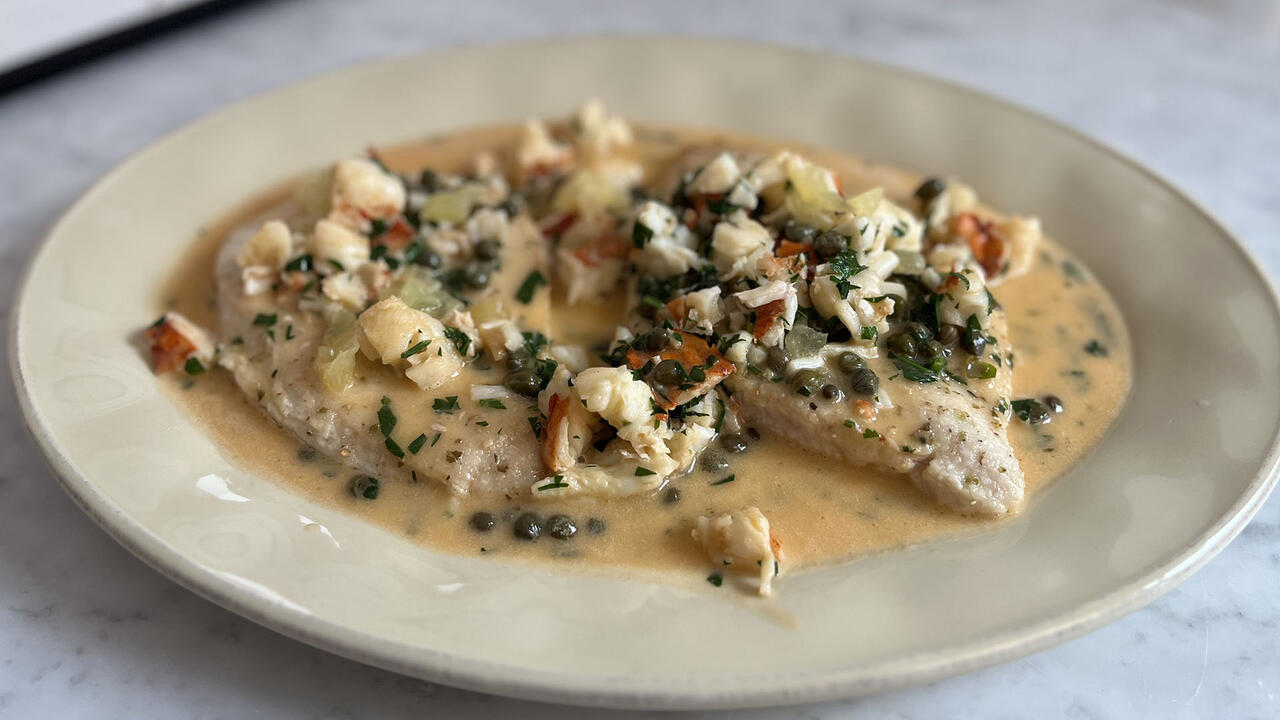
How to Make Chicken and Lobster Piccata | Richard Blais

Donnie Wahlberg Spills Details About NKOTB's First Ever Conventi…

Donnie Wahlberg + Jenny McCarthy Say Rach Is Such a "Joy" + Look…

The Best Moments From 17 Seasons of the Show Will Make You Laugh…

How to Make Crabby Carbonara | Rachael Ray

Rach Chats "Firsts" In Flashback From Our First Episode Ever In …
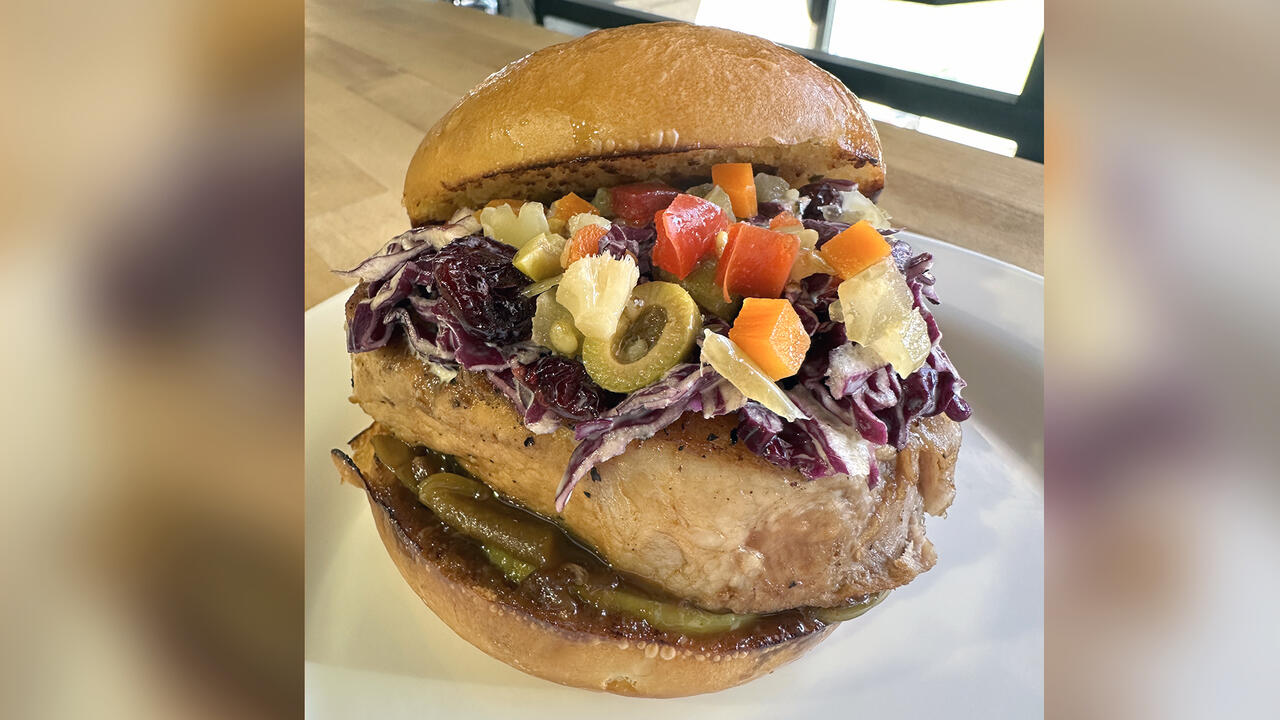
How to Make Apple-Cider Braised Pork Chop Sandwiches with Onion …
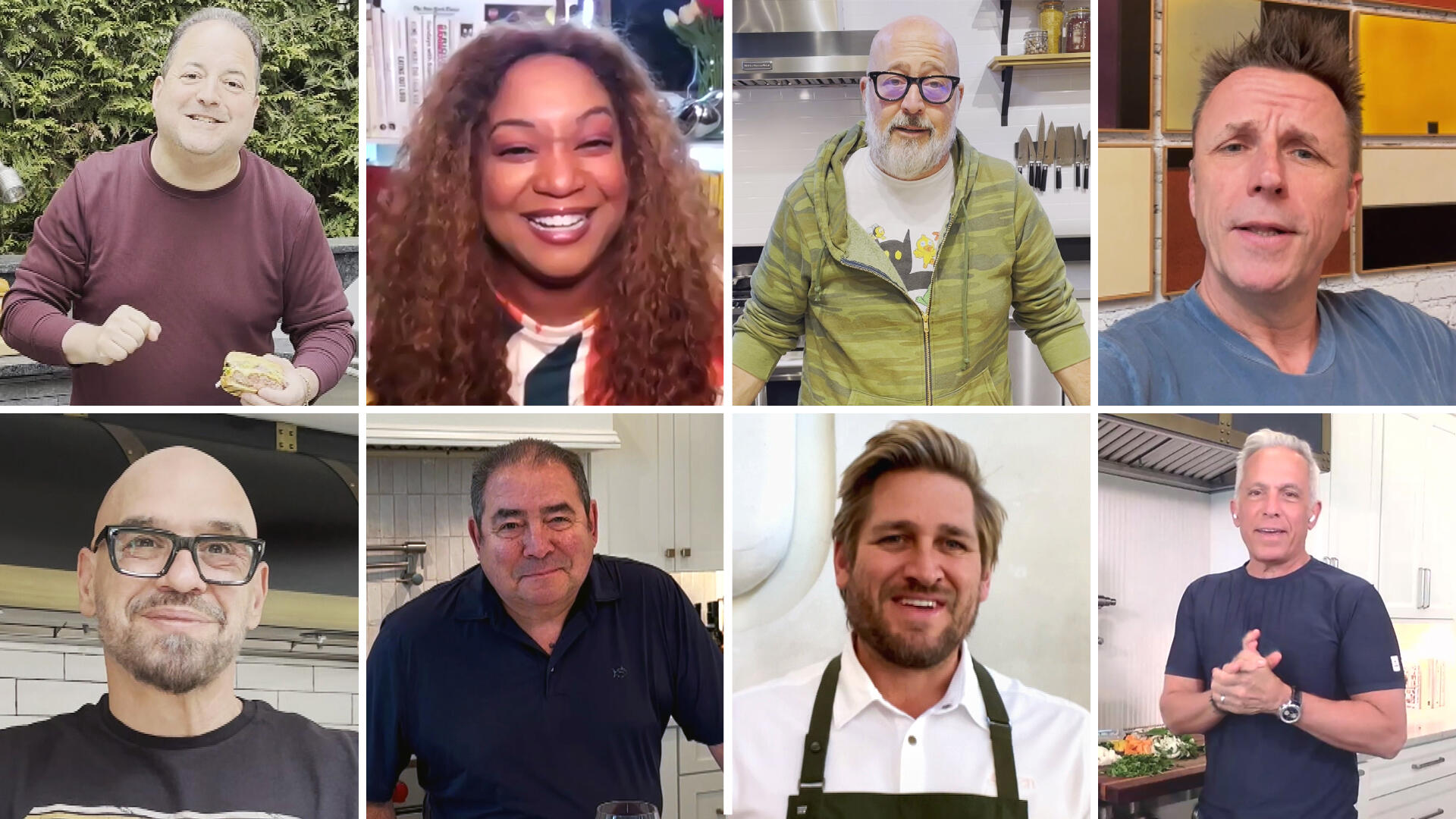
Rach's Chef Pals Say Goodbye to Show in Surprise Video Message
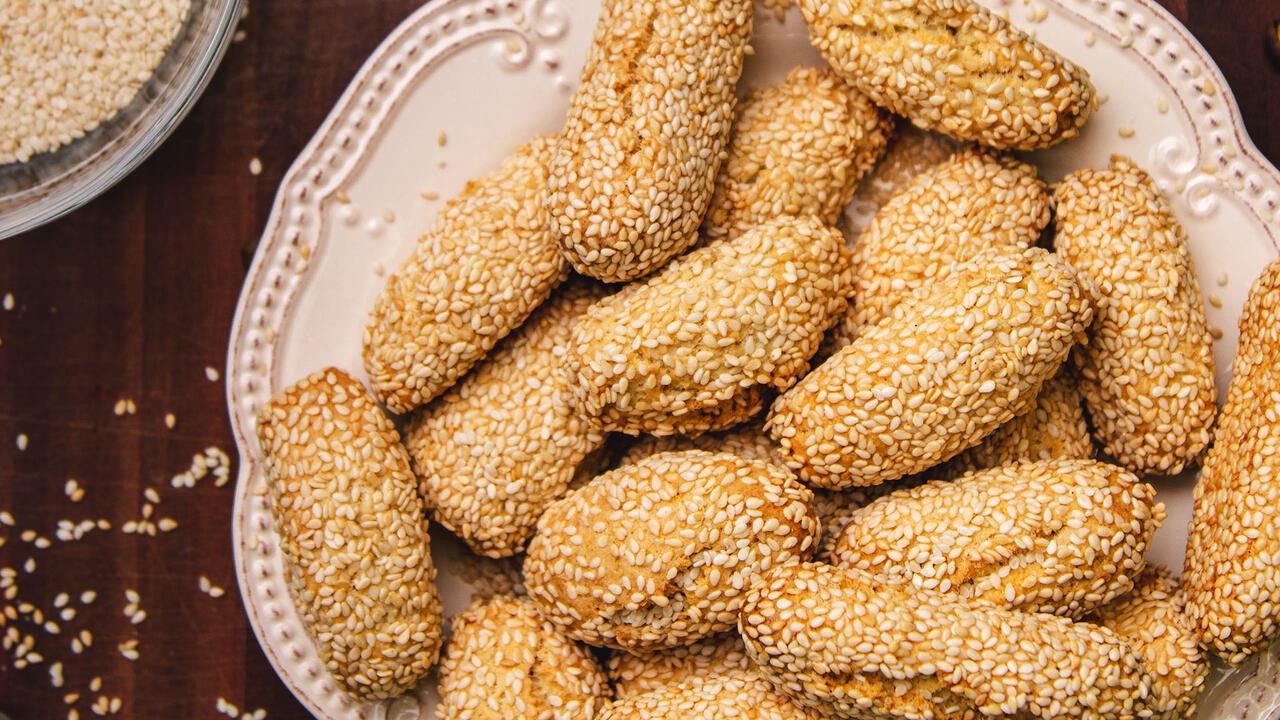
How to Make Sesame Cookies | Buddy Valastro
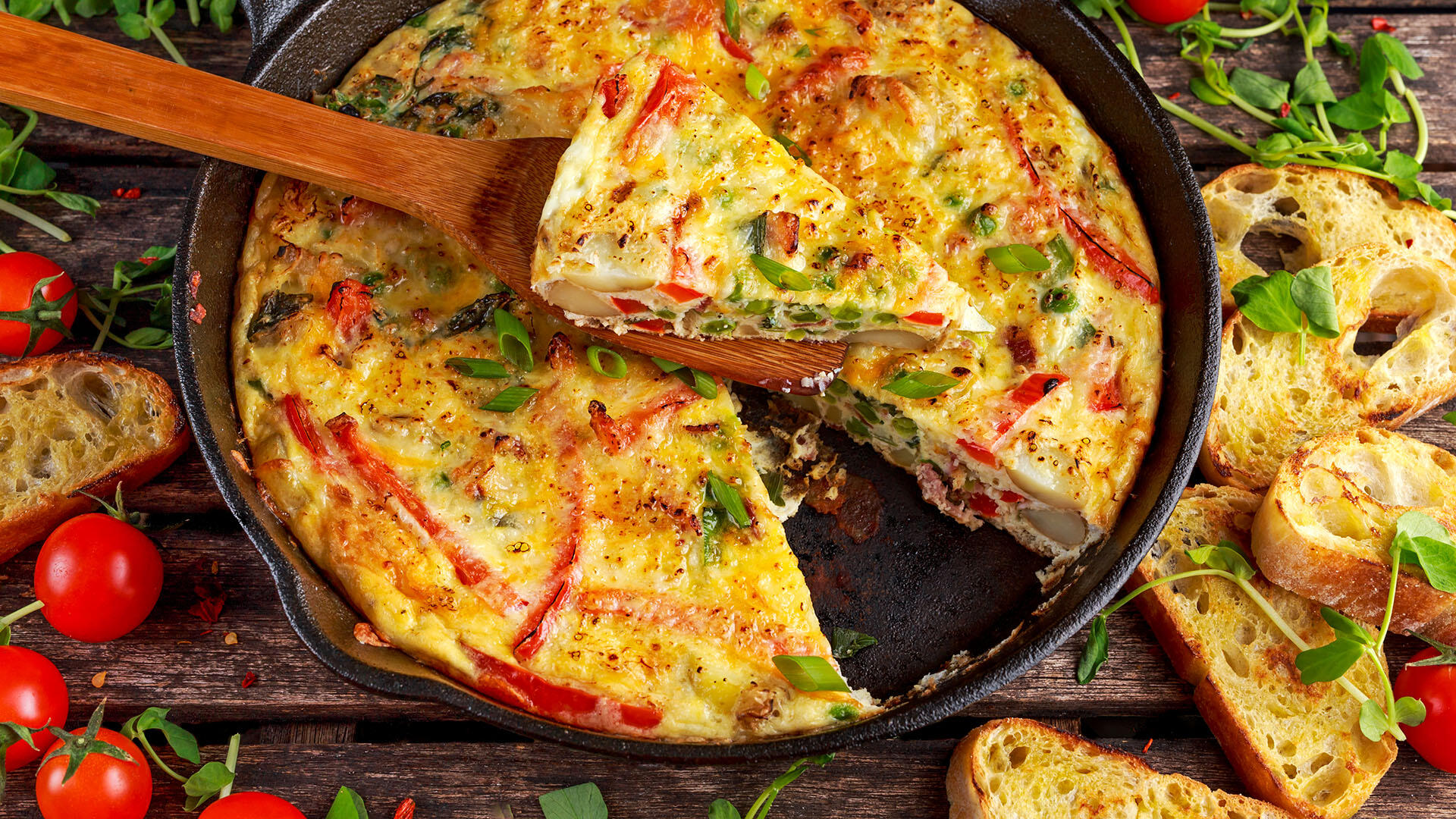
How to Make Tortilla with Potatoes, Piquillo Peppers and Mancheg…
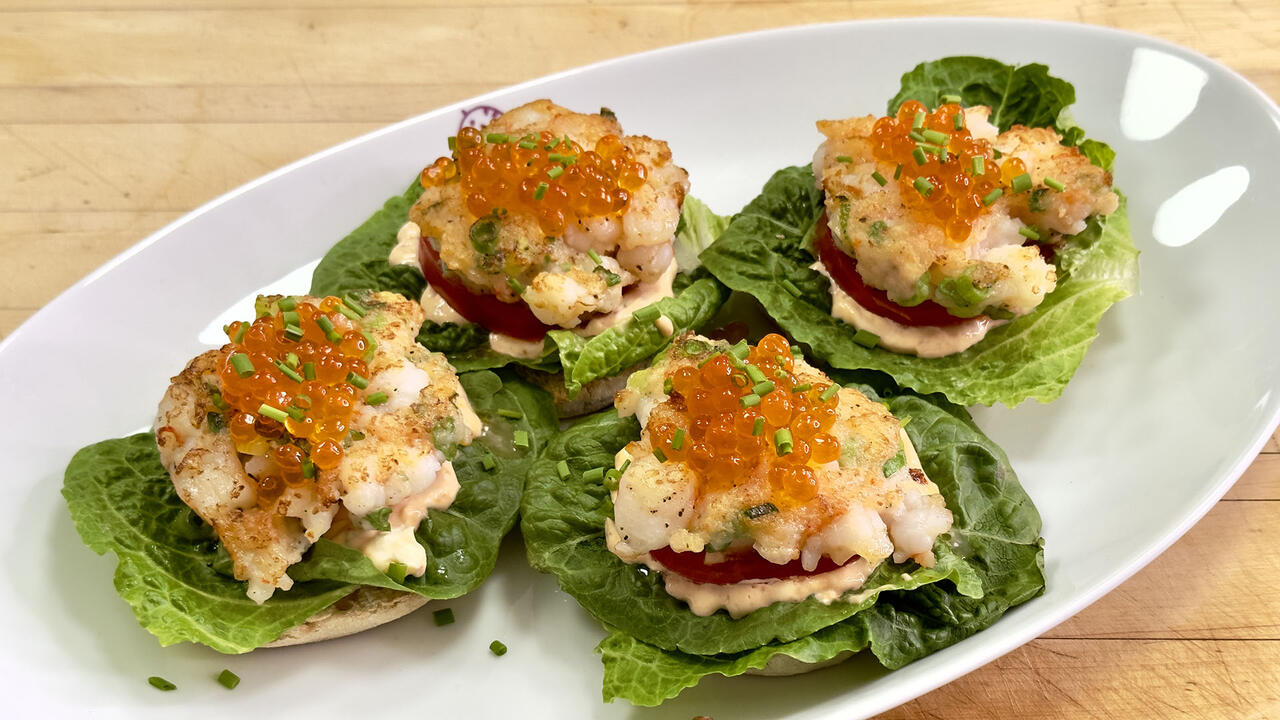
How to Make Shrimp Burgers | Jacques Pepin

How to Make Spanakopipasta | Rachael Ray

Andrew McCarthy Chokes Up Discussing Emotional Trip to Spain wit…

Celebrity Guests Send Farewell Messages After 17 Seasons of the …

Celebrity Guests Send Farewell Messages After 17 Seasons of the …

Andrew McCarthy Teases Upcoming "Brat Pack" Reunion Special

Michelle Obama Toasts Rach's 17 Years on the Air With a Heartfel…
Do you often find yourself feeling "hangry," even when you've just eaten? As it turns out, hormones could be the culprit!
Kelly LeVeque is a holistic nutritionist, wellness expert and author based in Los Angeles, CA. Her clients include major celebrities like Jessica Alba and Jennifer Garner.
Kelly came on our show to talk about the three most common hormones that could be making you feel hungry. She explains how they function and what you can do to make sure they're working for you, not against you.
1. The Hunger Hormone, a.k.a. Ghrelin
How It Works
Ghrelin is released when the stomach is empty and stops when the stomach is stretched, Kelly explains.
"Once we put food in our stomach and the lining of the stomach stretches, it stops being produced, so that hunger hormone shuts down," she says.
Ghrelin is highest before eating and the lowest an hour after eating. However, depending on the type of food you're eating, the hunger hormone may or may not actually shut off when it should.
In fact, studies show a correlation between altered ghrelin levels and obesity.
What You Can Do
The nutritionist suggests avoiding processed foods, white carbohydrates, sugar and especially liquid sugar (like sodas and other sugary drinks), because they don't actually stretch the stomach lining.
"It's not going to turn [the hunger hormone] off in the same way that fiber-rich foods do, because fiber-rich foods add weight to your stomach and actually cause that stretch," Kelly says.
You want to eat foods like chia, flaxseed, acacia fiber, non-starchy vegetables like cauliflower and broccoli, vegetables full of water like cucumber and asparagus and nuts like almonds or cashews.
"Nuts are the best, because they come with protein, fat and fiber," the nutritionist continues.
2. The Full Hormone, a.k.a. Glucagon-Like Peptide-1
How It Works
Glucagon-Like Peptide-1, or GLP-1, is the hormone that makes you feel full. It's produced and released when food moves from your stomach into your small intestine, to tell your brain you're full.
Certain kinds of foods cause inflammation that can lower the effectiveness of the full hormone. High-fructose corn syrup and artificial trans fats, which are often found in processed foods, are both inflammatory.
"What's important is to make sure that signal is strong," Kelly says. "If you have chronic inflammation, that signal is not strong — actually GLP-1 is lowered."
What You Can Do
Kelly says you should avoid inflammatory foods — fried foods with bad oils and sugary desserts full of processed flours and sugar especially.
"A great way to reduce inflammation in your gut is to take a probiotic and eat what I call the 'fab 4' — protein, fat, fiber and greens," she explains.
The nutritionist has a quick breakfast recipe she developed for her on-the-go clients — a smoothie packed with real, anti-inflammatory foods. Get the recipe for her Anti-Inflammatory Spa Smoothie here!
3. The Stress Hormone, a.k.a. Cortisol
How It Works
Cortisol is a hormone that is released when your body senses stress. The brain triggers a feeling of wanting to eat, to give you that instant gratification of something that tastes good.
And although you can't necessarily control everyday stressors, you can control feeling full. And eating a balanced meal can help you stay away from stress-induced food cravings, according to Kelly.
RELATED: The Science Behind Being "Hangry": A Doc Explains What's Actually Going On In Your Body
What You Can Do
"The best thing to do is have three balanced meals. I always teach my clients to use their hands," she continues.
Here's a *handy* portion size guide that uses your hands to help determine the amount of protein, fat, fiber and greens you should be eating at each meal, three times a day.
Protein: You want 4-6 oz of protein at each meal — about the size and thickness of the palm of your hand.
Fat: You should eat 2 tablespoons of healthy fat, like avocado, which is about 1-2 thumbs.
Fiber + Greens: You should have at least 2-4 cups of fiber-rich vegetables and greens at every meal, such as leafy greens, cucumber or broccoli, Kelly says. That's 2-4 fists.
"You really want to stretch that stomach — it's rich in fiber, and fiber helps you balance your blood sugar."
Kelly's main tips are "definitely to eat the 'fab 4' and to make sure that you're getting enough so you stay full," she concludes.
Her second book, Body Love Every Day, will be available early next year — but you can get an advance inside look here.
RELATED: 5 Food Cures From Dr. Oz

